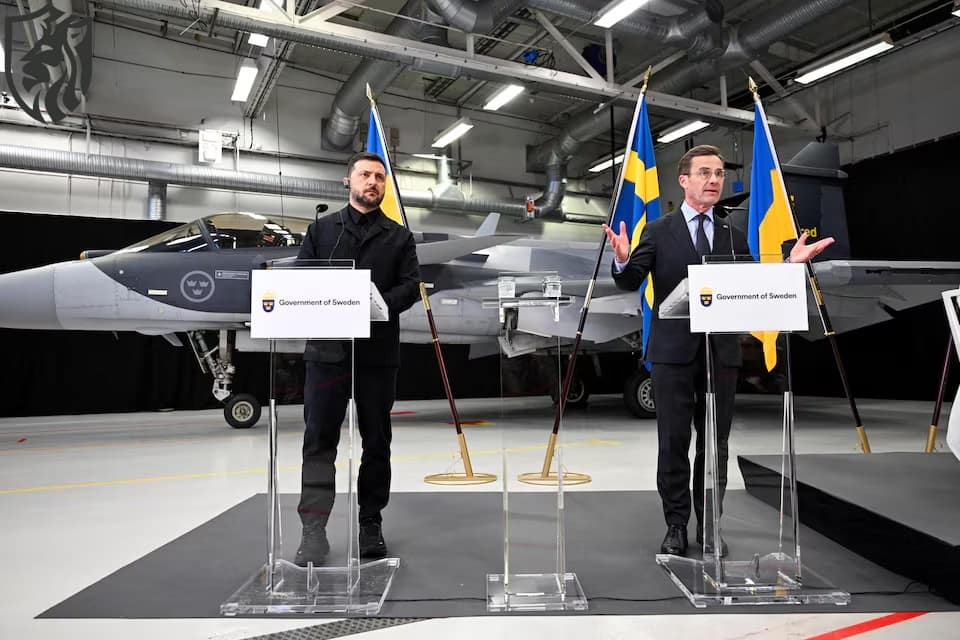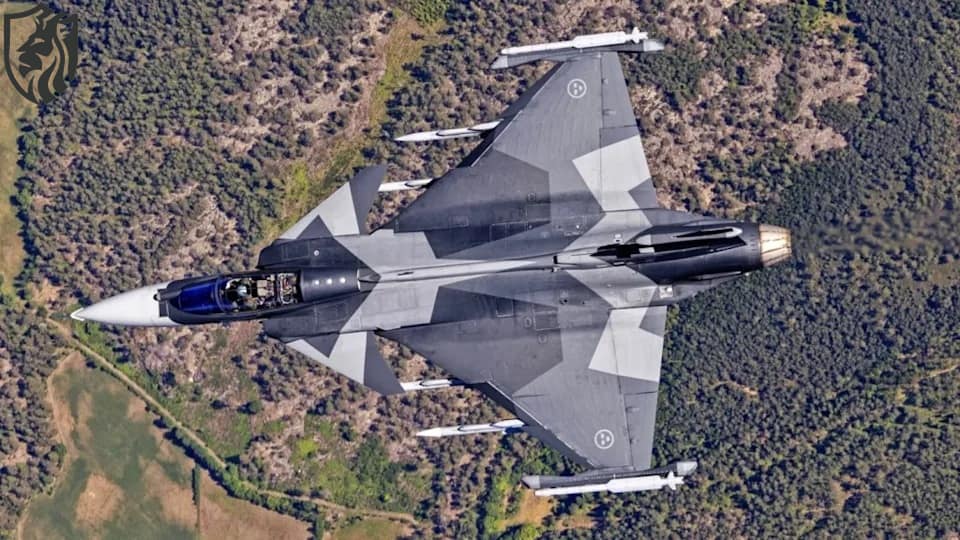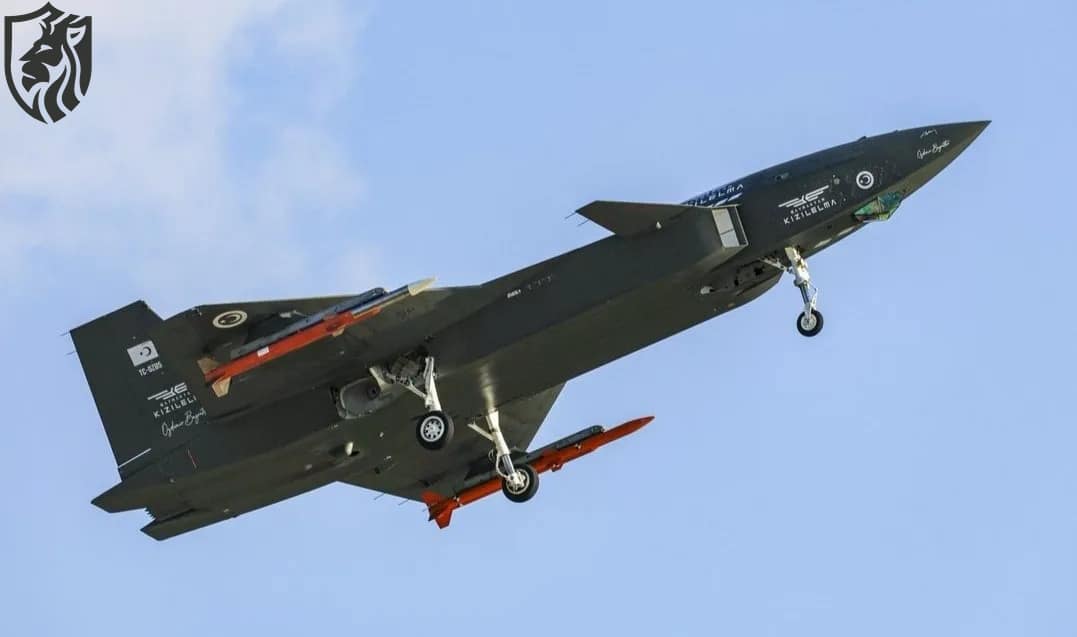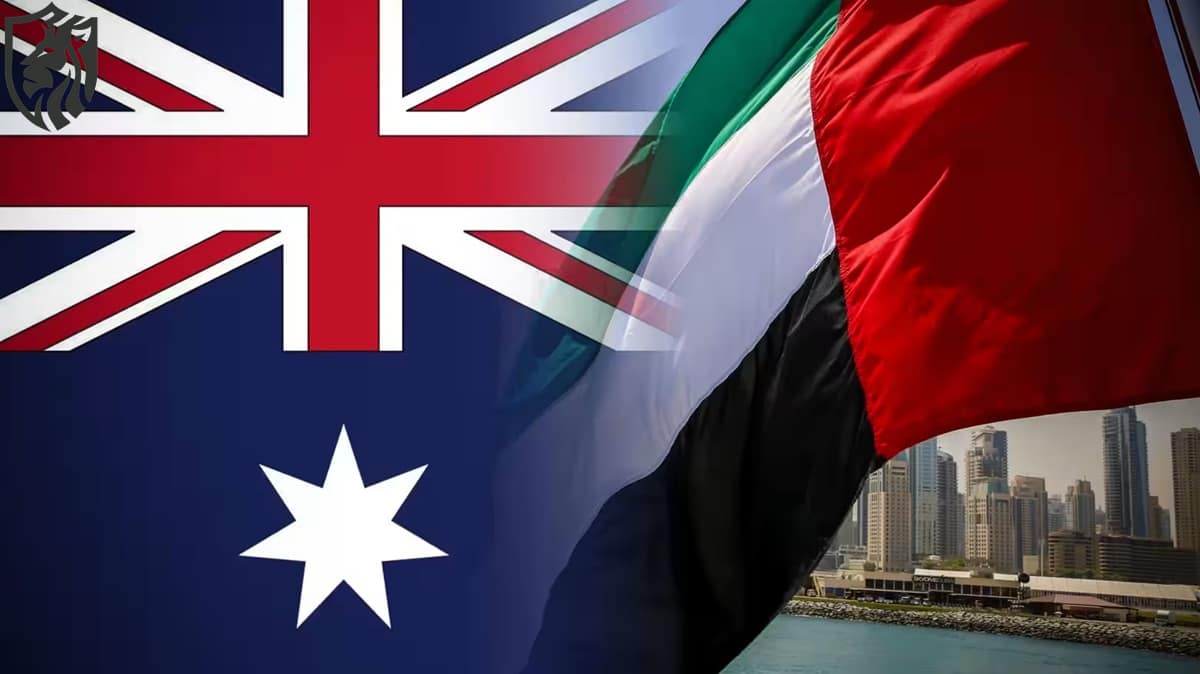
Ukraine Gripen Fighter Order — LOI Signals Airpower Shift
Why this LOI matters
The order for Gripen fighters from Ukraine marks a potential step-change in Kyiv’s airpower. Sweden and Ukraine signed a letter of intent to deepen air force cooperation and explore the export of a large Gripen tranche. If it converts to According to the contract, Ukraine would field its first new-build fighters since 1991, reshaping deterrence and sustainment for the long war.
What the LOI actually signals
The agreement frames intent rather than guarantees. It outlines a pathway for ordering low-Gripen fighters for Ukraine, with details on financing, phasing, training, and industrial support to follow. That scope would represent Sweden’s largest defence exports to date while delivering a cohesive fleet plan instead of piecemeal stopgaps.
Gripen is fit for dispersed, road-base warfare
Gripen was designed for highway turnarounds, short-strip operations, and minimal ground crew. Ukraine already disperses assets to survive long-range strikes; therefore, the type aligns with current doctrine. Fast turnarounds, modest fuel burn, and robust maintenance concepts reduce downtime and keep sortie rates high, which is critical as Russia pressures bases and logistics.

C/D to E/F: A practical bridge
A credible path begins with available C/D airframes for early training and conversion, then scales into E/F for full capability. The Ukraine Gripen fighter order would therefore blend short-term readiness with long-term overmatch. Pilots exposed to the C/D since 2023 can accelerate transition, while new-build E/F jets introduce a modern radar, electronic warfare suite, and broader weapons flexibility.
AEW synergy: Erieye as a force multiplier
Sweden’s donation of Saab 340 AEW&C with Erieye radar pairs naturally with Gripen. In simple terms, airborne early warning helps to spot threats from farther away, combines information from different sources, and directs fighter jets to engage targets, allowing them to attack This layered architecture improves survivability, reduces fratricide risk, and lifts kill chains above contested ground radars.
Timelines and production realities
Even with political momentum, production slots, supplier cadence, and acceptance testing govern delivery speed. A realistic near-term option is phased C/D availability from Swedish stocks, while E/F production ramps in parallel. Brazil’s assembly line could offer surge capacity, although certification, configuration alignment, and export clearances must converge before metal flows at scale.
Weapons, networks, and coalition effects
Gripen’s open architecture integrates weapons from multiple suppliers, which suits Ukraine’s mixed armoury. Beyond missiles, the advantage is the network: data links, passive sensors, and electronic attack stacks to compress intercept timelines. As Ukraine fields F-16s and Mirages, Gripen can slot into a mixed fleet that shares ISR, deconfliction, and tanker windows—rather than compete for the same niche.
Costs, sustainment, and training pipelines
Up-front costs will be significant; however, life-cycle economics are where Gripen often shines. Fuel efficiency, personnel-light servicing, and modular maintenance control operating expenditure. Training pipelines can start on C/D, move to dual-seat instruction, and culminate on E/F with advanced tactics. Simulators, syllabus design, and instructor seeds will be pivotal to scale safely and quickly.

Industrial and strategic dividends for Sweden
For Sweden, the order for Ukraine’s Gripen fighter jets would anchor a larger security relationship. Stockholm can fold Ukrainian combat lessons into future upgrades, while Ukrainian depots learn Gripen sustainment and component repair. Moreover, Sweden demonstrates strategic autonomy in defence exports while reinforcing Europe’s ability to arm partners without overreliance on a single supplier.
Risks and open questions
There are material hurdles. Financing mechanisms must be agreed upon and coordinated with donor budgets. Production risks include supplier bottlenecks and munitions backlogs. Operationally, Russia will target airbases, dispersal routes, and fuel nodes.
Therefore, it is essential to implement hardening, camouflage, and deception strategies. Last but not least, local MRO, weaponry stores, and secure data connections are necessary for long-term sovereignty in order to prevent external choke points.
What success looks like
Success is not simply the arrival of jets. It is a resilient ecosystem: instructors, spare engines, tyres and brakes, electronic warfare libraries, mission-data reprogramming, road-base kits, dispersed fuel bladders, and rapid-repair teams. Layer on Erieye-guided intercepts and standard tactics, and you get a credible, sustainable uplift—one that outlasts the news cycle.
Conclusion
The signed letter of intent sets the stage for a fleet that matches Ukraine’s concept of dispersed, networked air combat. The order for Ukraine’s Gripen fighters would deliver a pragmatic transition from legacy types to a road-base-ready, AEW-enabled force. Timelines, financing, and production still decide the pace; nevertheless, the direction is strategically coherent—and operationally suited to the fight Ukraine is waging.









